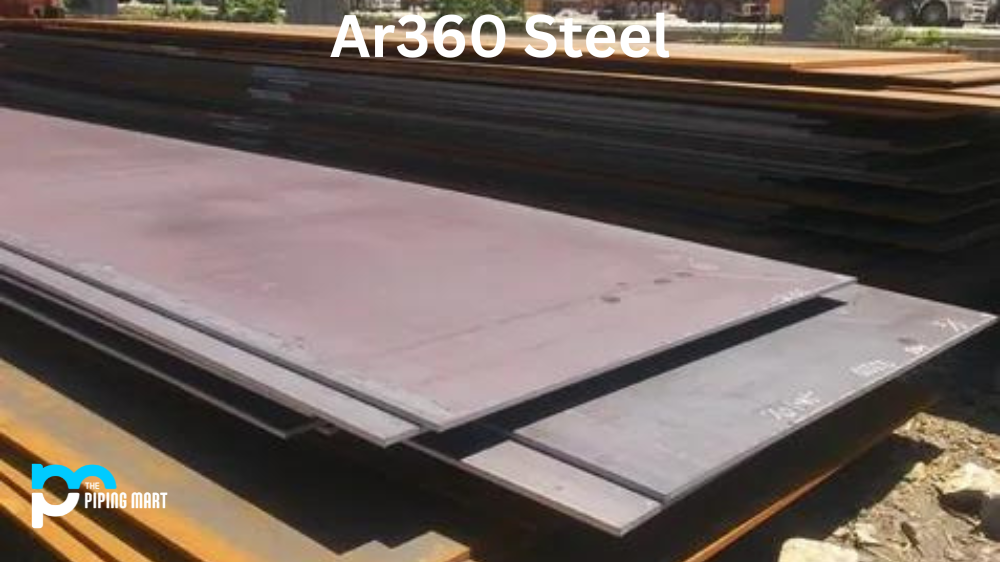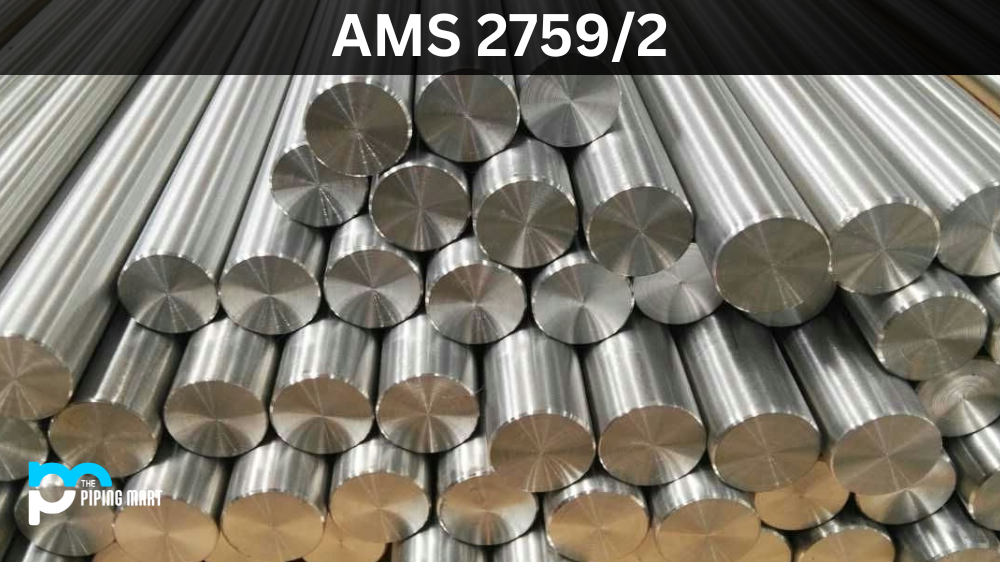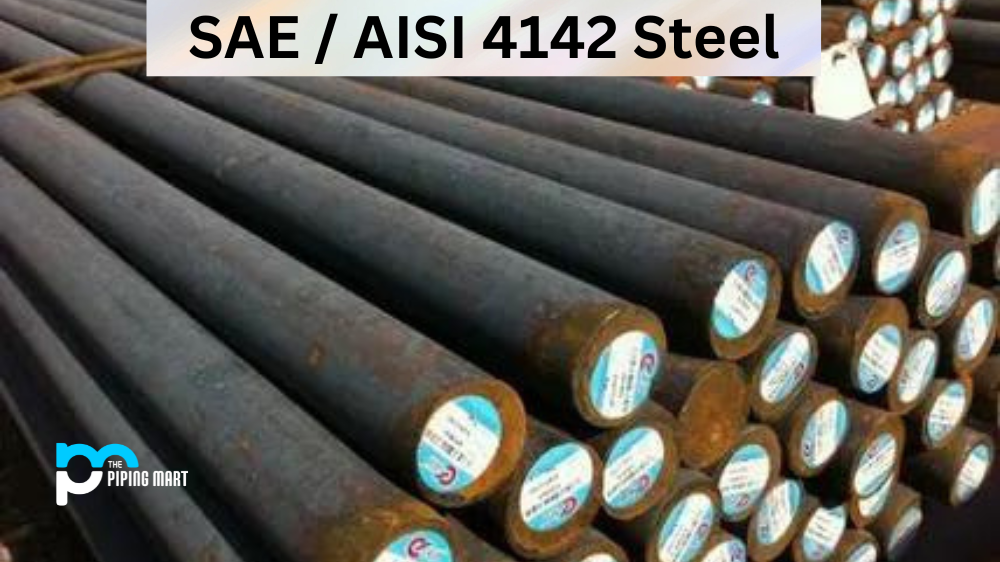AMS 4216 is a highly sought-after alloy used across industries for its exceptional properties. It is used in various applications, from aircraft components to industrial machinery. However, only some people know about AMS 4216 and its unique properties. This guide will provide an in-depth overview of AMS4216, including its composition, physical and mechanical properties, and applications.
What is AMS 4216?
AMS 4216 ( also known as Aluminium 6013) is a specification that comes into play when dealing with aluminium alloys, specifically when it comes to its finish. This specification outlines the requirements for a particular type of primer to be used on these alloys to achieve the desired result. This primer aims to act as a bonding agent between the aluminium and the subsequent topcoat, providing excellent adhesion for a long-lasting finish. While this specification may seem like a small detail, it plays a significant role in ensuring that the finished product meets the desired standards and that the aluminium alloy can withstand whatever environment it may be exposed to.
AMS 4216 Composition
AMS 4216 is a nickel-chromium-molybdenum alloy containing small amounts of titanium, aluminium, and carbon. The alloy is designed to withstand high-temperature environments and has excellent creep and stress-rupture resistance. The alloy is known for its exceptional thermal stability and can maintain strength even after prolonged exposure to high temperatures.
| Element | Content (%) |
|---|---|
| Aluminum, Al | 94.8-97.8 |
| Magnesium, Mg | 0.80-1.2 |
| Silicon, Si | 0.60-1 |
| Copper, Cu | 0.60-1.1 |
| Manganese, Mn | 0.20-0.80 |
| Iron, Fe | ≤ 0.50 |
| Zinc, Zn | ≤ 0.25 |
| Chromium, Cr | ≤ 0.10 |
| Titanium, Ti | ≤ 0.10 |
| The remainder (each) | ≤ 0.15 |
| The remainder (total) | ≤ 0.050 |
AMS 4216 Physical Properties
AMS 4216 has a density of 8.22 g/cm³ and a melting point of 1371°C. It has a thermal expansion coefficient of 13.2 µm/m°C and an electrical resistivity of 1.22 µΩ•m. The alloy is non-magnetic and has high-temperature oxidation resistance. Its physical properties make it an excellent candidate for use in high-temperature environments.
| Properties | Metric | Imperial |
|---|---|---|
| Density | 2.71 g/cm3 | 0.0979 lb/in³ |
AMS 4216 Mechanical Properties
The mechanical properties of AMS 4216 make it one of the best alloys available for use in extreme conditions. It has a tensile strength of 1230 MPa and a yield strength of 830 MPa. The alloy elongates 20% to undergo considerable plastic deformation without fracture. AMS 4216 is also highly resistant to corrosion and fatigue.
| Properties | Metric | Imperial |
|---|---|---|
| Tensile strength (@thickness 38.13-82.5 mm/1.501-3.25 in) | ≥ 392 MPa | ≥ 56900 psi |
| Yield strength (@strain 0.200 %) | ≥ 379 MPa | ≥ 55000 psi |
| Elongation at break (@thickness 3.17-19 mm/0.125-0.749 in ) | ≥ 5% | ≥ 5% |
| Hardness, Brinell | 130 | 130 |
| Hardness, Knoop (estimated from Brinell) | 163 | 163 |
| Hardness, Rockwell A (estimated from Brinell) | 49.5 | 49.5 |
| Hardness, Rockwell B (estimated from Brinell) | 80 | 80 |
| Hardness, Vickers (estimated from Brinell) | 149 | 149 |
| Machinability | 70 | 70 |
AMS 4216 Equivalent
- AMS 4347
AMS 4216 Uses
Due to its exceptional properties, AMS 4216 is used in various applications, including gas turbines, rocket engines, and industrial machinery. The alloy is used in components subject to high stress and temperatures, such as turbine blades, aerospace components, and nuclear reactors. AMS 4216 is also used in industrial applications that require materials to withstand high temperatures, such as in chemical processing plants and power generation facilities.
AMS 4216 Hardness
AMS 4216 has a hardness of 285 HBW, which means it is resistant to surface indentation. Its high hardness makes it an ideal material for use in areas where wear resistance is critical. It can also withstand significant impact forces, making it an ideal choice for tools and machinery that are subject to high stress.
AMS 4216 Heat treatment
AMS 4216 can be heat treated to improve its mechanical properties. The alloy can be annealed to increase its flexibility and reduce its hardness. It can also be quenched and tempered to increase its strength and hardness. Heat treatment of AMS 4216 can be carried out at temperatures ranging from 700°C to 1180°C, depending on the desired properties.
Conclusion
AMS 4216 is a highly versatile alloy with exceptional strength, durability, and resistance to high temperatures and harsh environments. Its unique properties make it an ideal material for various applications, including aerospace, chemical processing, and power generation. Understanding the composition, physical and mechanical properties, uses, hardness and heat treatment of AMS 4216 is crucial for anyone looking to work with this exceptional alloy.

Abhishek is a seasoned blogger and industry expert, sharing his insights and knowledge on various topics. With his research, Abhishek offers valuable insights and tips for professionals and enthusiasts. Follow him for expert advice on the latest trends and developments in the metal industry.




